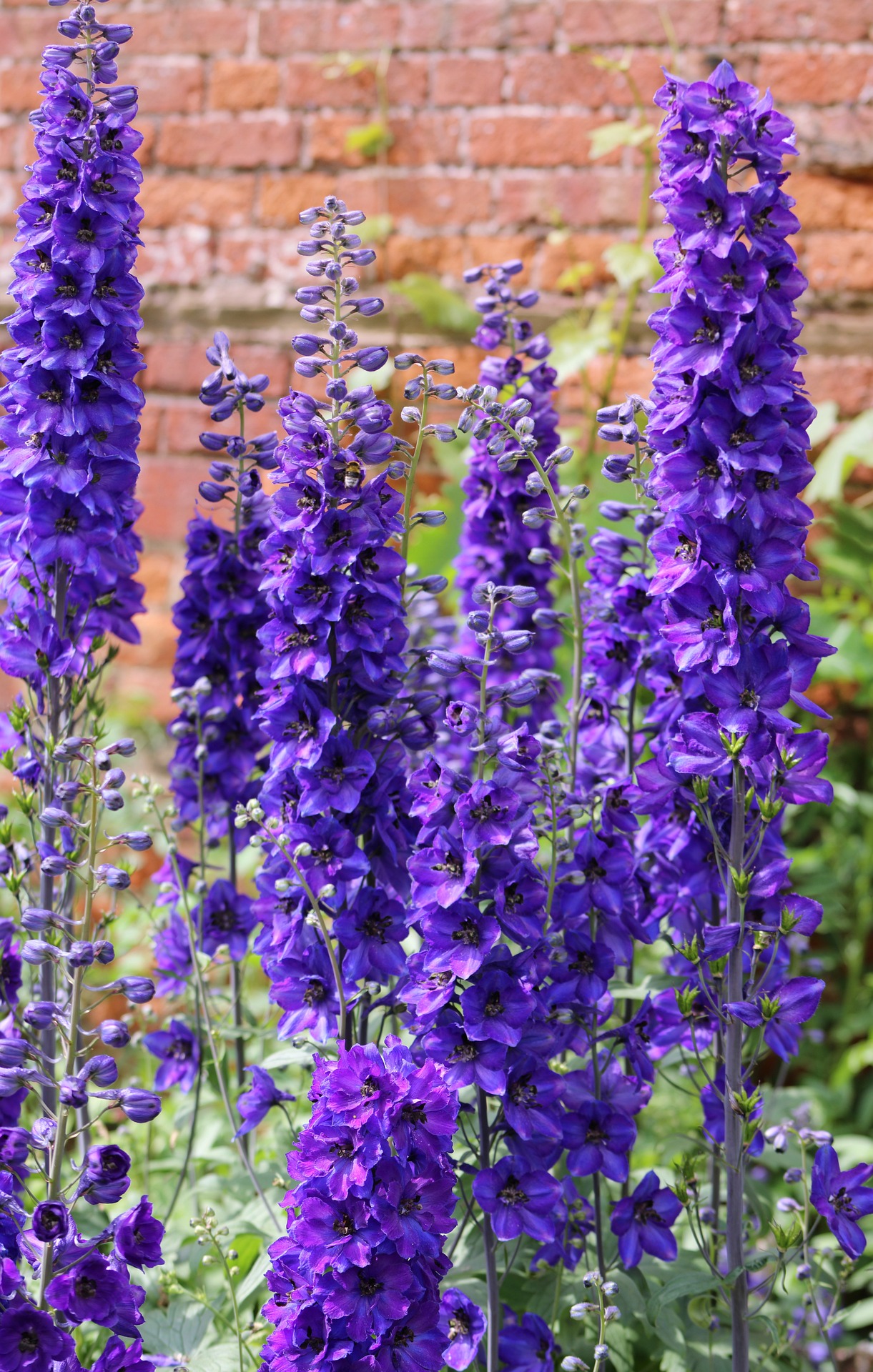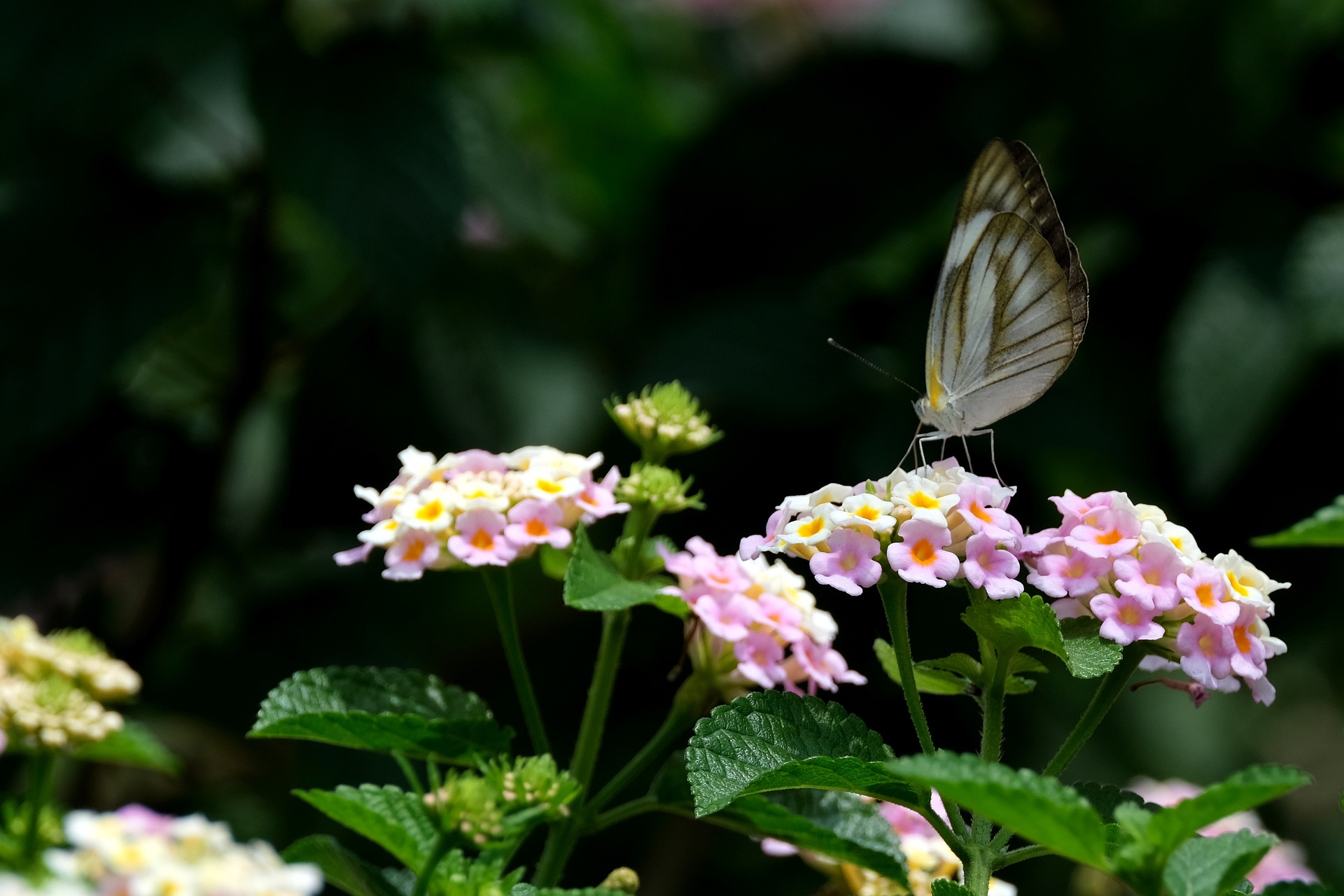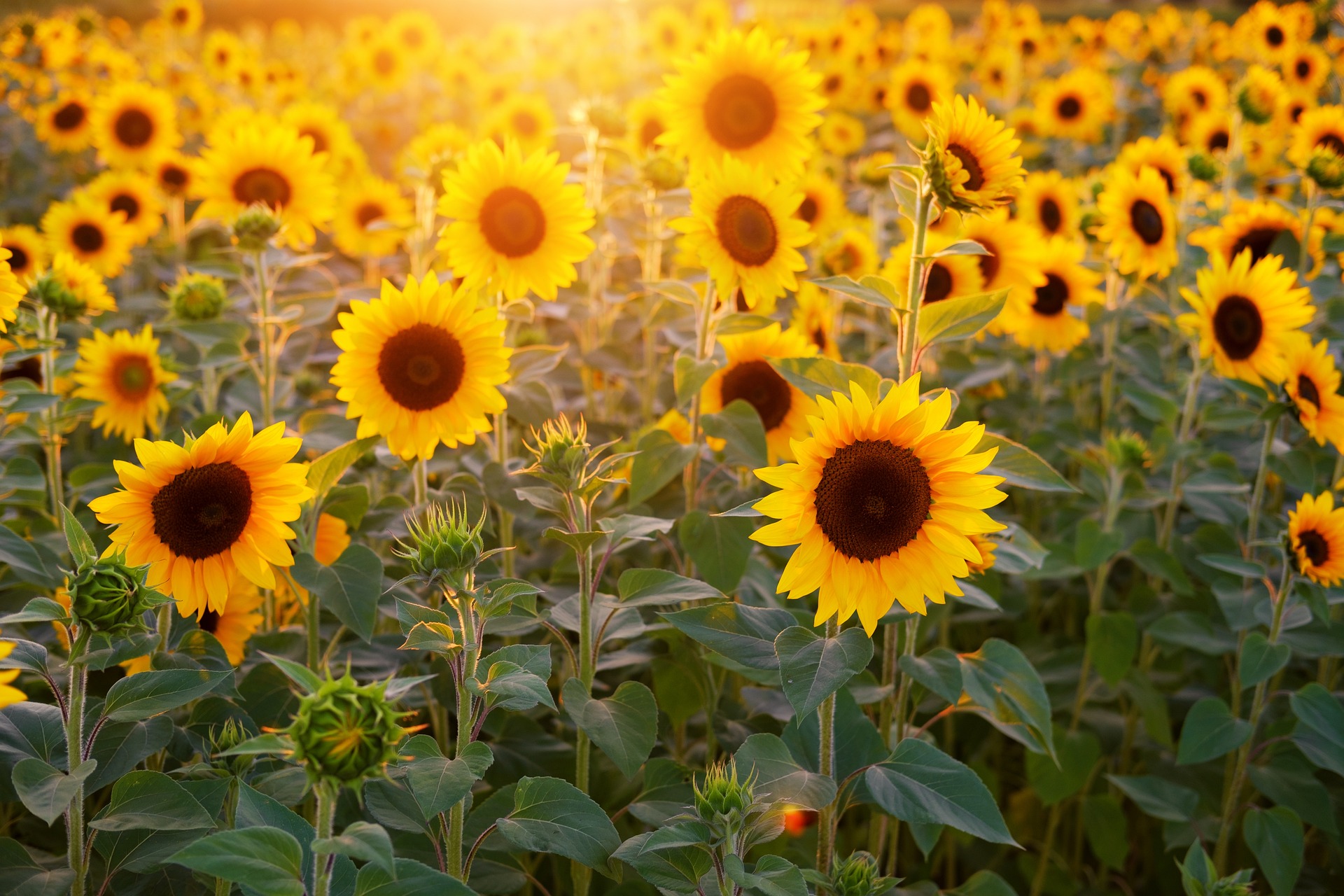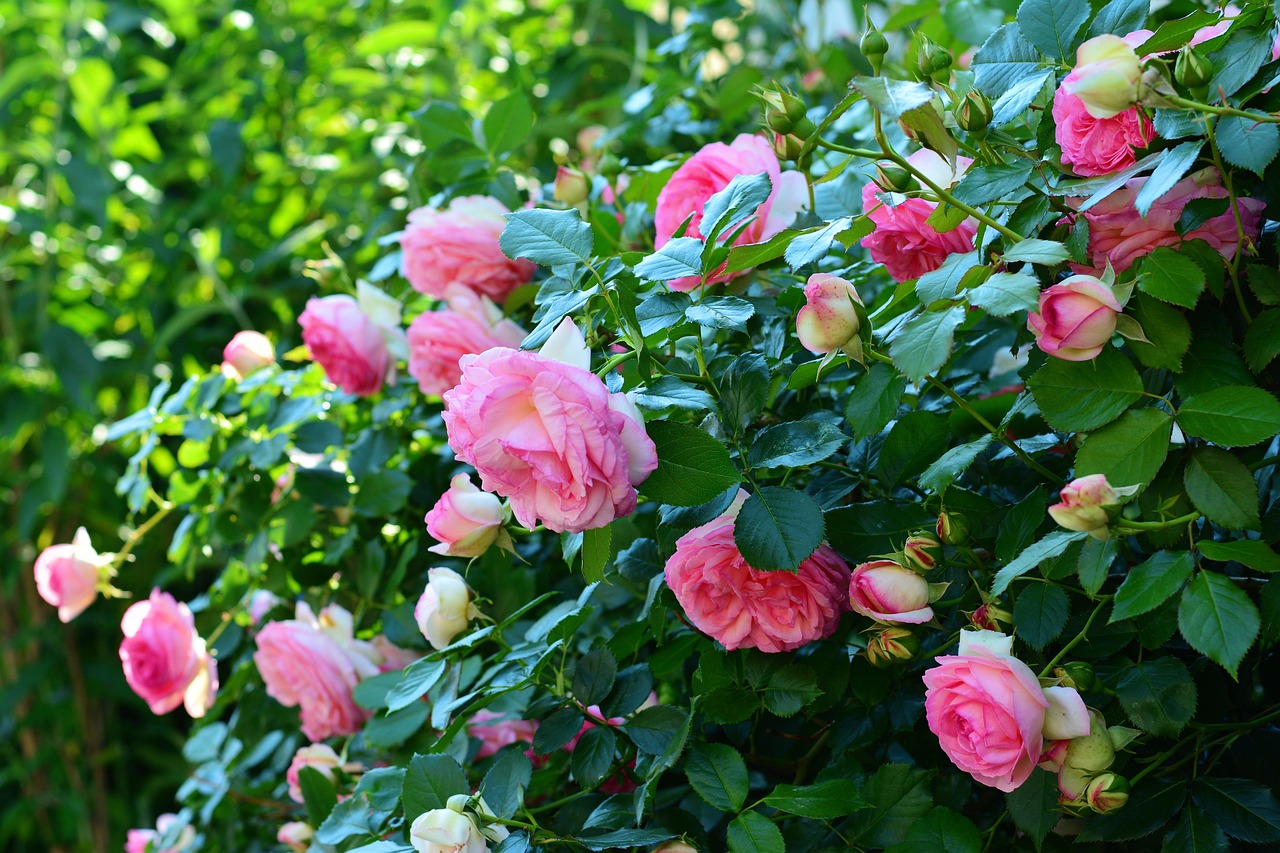Watching the growth of tall spikes with many colorful showy flowers on perennial borders is a delight to many gardeners. The large size of delphinium flowers is prized for their ability to elevate the height of flower gardens in a lush, exuberant style.
Delphinium is the birth flower of July.
Description
Delphinium is a genus of over 250 species belonging to the Ranunculaceae family. Plants are perennial, biennial, or annual.
The name Delphinium was derived from the Greek word “delphinion” meaning dolphin, because of the dolphin shaped flowers of the plant.
Commonly grown Delphiniums are hybrids of D. grandiflorum, D. formosum, D. cardinale, D. bruninianum and D. exaltatum.
Delphinium flowers are formed on long spikes, with each spike holding a beautiful array of flowers, buds and tendrils. Flowers come in a range of colors including blue, pink, white, red, violet and yellow with blue as the commonest. Many flowers have white or black centers called bees.
Delphiniums are planted as part of flower gardens, perennial borders or in containers.
| Scientific name | Delphinium spp. |
| Common name | Larkspur |
| Plant type | Perennial, biennial, annual |
| Mature plant size | 2-6 ft high, 2-3 ft wide |
| Soil pH | Neutral to alkaline |
| Light/sun exposure | Full sun |
| Hardiness zones | USDA zones 3-7 |
| Bloom time | Early summer and late summer |
| Leaf color | Green |
| Flower color | blue, pink, white, red, violet, yellow |
| Native area | Europe, Tropical Africa |
Some commonly available Delphinium cultivars
Lancelot has lavender flowers with white bees.
Summer skies has sky blue flowers with white bees.
Galahad is white in color.
Blue bird has medium blue flowers with white bees.
Blue springs can be sky blue, lavender or blue in colour.
King Arthur has royal violet flowers with white bees.
Site selection
For delphiniums to grow well, they require well-drained, rich and moist organic soil of about neutral to alkaline pH.
Select a site that receives full sunlight for best results or half a day of sunlight and is sheltered from strong winds.
Soil preparation and planting
Mix composted manure or animal manure into the soil up to 8 to 10 inches.
Dig holes that are twice the width and twice the depth of the young plant’s root system.
Spread out the young plant’s roots and place in the hole, then cover with soil and water thoroughly.
Apply a thick layer of mulch to the soil surface to retain moisture and provide additional nutrients to the plants when the mulch rots.
How to Care for Delphiniums
Watering: Always ensure the soil is kept moist by watering during dry weather conditions.
Mulching: Always keep your plants mulched to retain moisture in the soil and prevent weed growth. Mulches can be in form of dry grass, pine, or plastic.
Fertilization: As delphiniums grow actively, always keep fertilizing. Yellowing of leaves is an indicator that plants need additional fertilizer. Organic mulches help to add fertilizer as the mulches rot, but you can also use rotted cow manure or an artificial fertilizer.
Staking: Delphinium stems are hollow and easily break down when exposed to wind and rain, therefore staking is necessary, especially for tall hybrids in the early stages of growth.
Remove spent blooms to encourage growth of new ones by cutting the flower stalk.
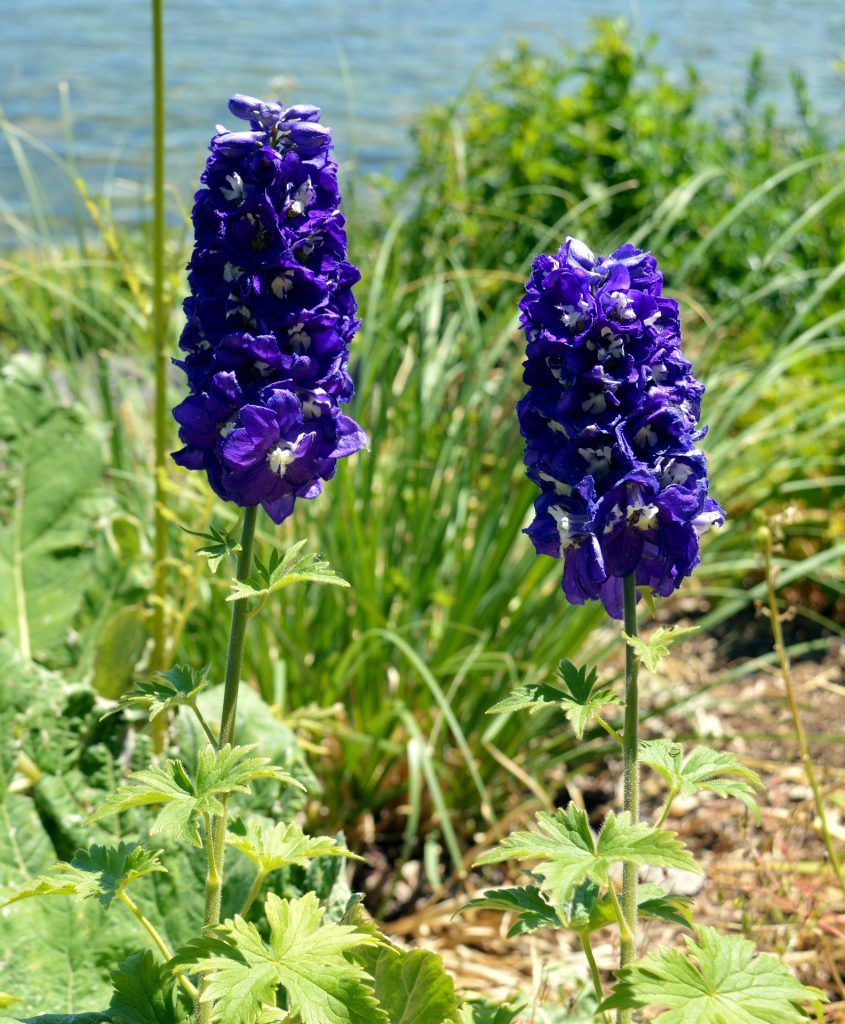
Toxicity of Delphiniums
Delphiniums contain deterpene alkaloids which are toxic to dogs and other animals, even humans.
Toxicity ranges in different plants and also depends on their stage of growth.
Symptoms of poisoning include dizziness, diarrhea, anxiety, weakness, irregular heartbeat and even death. All parts of the plant are toxic.

